Traveling through the Third Pole·Realizing the Tibetan Dream
Shuttle third Pole·Realize the Tibetan Dream Itinerary | |||
D1 | everywhere Set off | Experience the Qinghai-Tibet Railway | |
D2 | arrival Xining | Switch to the aerobic train and enjoy the aerobic train along the way | |
D3 | arrival Lhasa | Pick up the group, check into the hotel, and adapt to the plateau environment | |
D4 | Lhasa- Basongcuo | highland switzerland"Basongcuo" - Afternoon tea at the snow mountain camp - The most beautiful water road - Nyingchi | |
D5 | Lulang- Lhasa | View of Sejila Mountain Pass"Namjagbarwa Peak"-Lulang Forest Sea-the most beautiful temple "Lama Ridge"-Lhasa | |
D6 | Lhasa | Internet celebrity check-in"Potala Palace" world-famous street "Bakuo Street" - Lhasa old teahouse - Jokhang Temple | |
D7 | Lhasa- Gambala Yamaguchi- Yanghu | tibet museum-Gangbala Pass-Yanghu Lake | |
D8 | Lhasa- everywhere | Transfer to the airport or train station at the end of the trip | |
D1: Chongqing-Lhasa
Dear distinguished guests, please go to Chongqing West Railway Station to take the Qinghai-Tibet train and start a pleasant journey. The clean and bright carriages will bring a good mood to your journey!
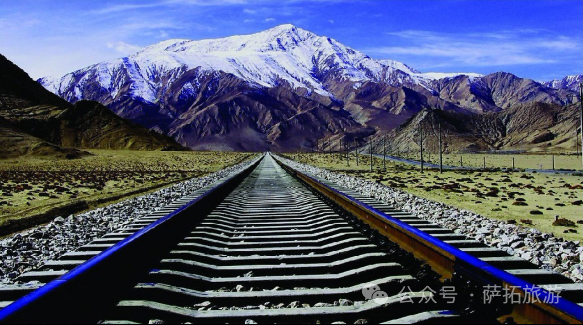
D2: The train arrives in Xining and transfers to the aerobic train
Then it started to drive from Xining to Golmud. Enjoy the plateau scenery along the way. The famous landscapes of the Qinghai-Tibet Railway include [Qinghai Lake] [Kunlun Mountains] [Yangtze River Source] [Kekexili] [Cona Lake] [Northern Tibet Qiangtang Prairie] The Qinghai-Tibet Railway embodies the efforts and glory of generations of Chinese people, creating The best of many worlds.
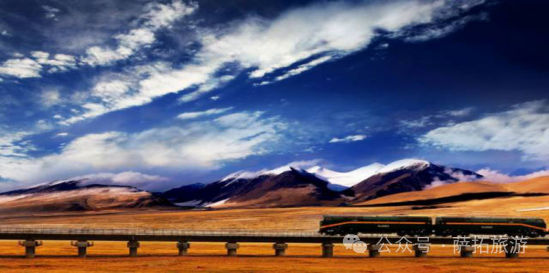
Day 3: Return to the blue sky - Arrive at the "Holy Land of Buddhism" in Tibet - Adaptive rest - "Good night" to Lhasa. The train arrives at Lhasa Liuwu Railway Station, pick up the group, check into the hotel, and rest.
Meals: You will have to prepare your own meals during the trip. Dinner suggestions: Porridge and side dishes. Accommodation: Selected hotels in Lhasa.
Wake up and set off - the ideal travel is to tolerate each other, take care of each other, and maintain an optimistic attitude during the journey. Travel not only changes oneself, but also enriches others... A large number of examples prove that maintaining an open-minded and optimistic attitude can weaken the symptoms of altitude sickness. Discomfort.
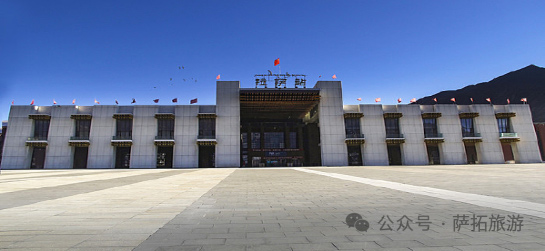
Day 4: Lhasa - Tibetan Swiss "Basongcuo" - check in for afternoon tea at the snow mountain camp - the most beautiful water road - Nyingchi
Meals: Brunch/Dinner including Lulang Stone Pot Chicken Stay: Linzhi Selected Hotel Our trip is more niche, and we don’t visit too many mature scenic spots and crowded conventional travel methods. Instead, choose a more natural location and beautiful scenery.
Basongcuo—Little Switzerland of Tibet
Basongcuo Scenic Area integrates snow-capped mountains, lakes, forests, waterfalls, pastures, and famous ancient temples. The scenery is different and the four seasons change. It is known as "Oriental Switzerland". National forest park, 5A level scenic spot.
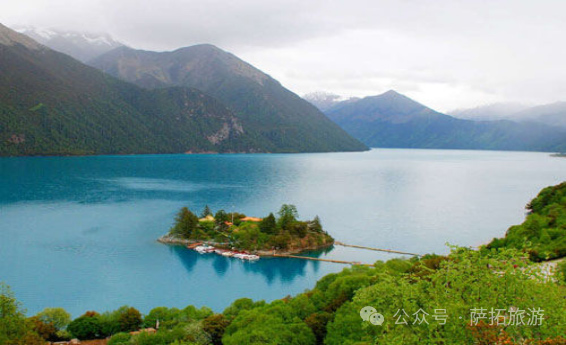
"Himalaya·Snow Mountain Camp" passes Linka
In the Himalayas, use the Himalayan nomadic life civilization to "cross Lingka" (outdoor party) - take a rest in the wilderness, use the method of crossing Lingka to check into the camp, and enjoy a picnic quietly in nature with the gentle breeze, snow-capped mountains and streams. fun of…… Drink a cup of warm Tibetan milk tea and taste various Tibetan snacks under the snow-capped mountains, next to the peach trees, or even by the river! Looking up is the scenery, and a cup of black tea is life...
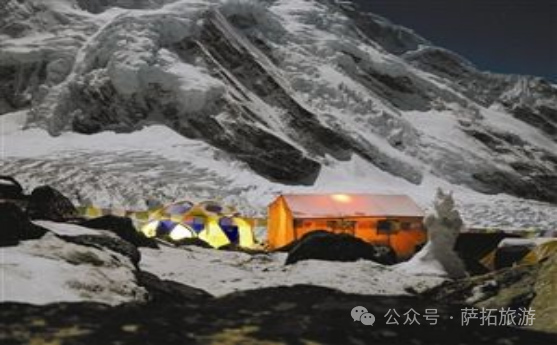
Forest City Linzhi
The sky in Linzhi is so blue that it makes people feel as if they are on another planet; the water in Linzhi is as clear as a jade plate in the sky reflecting a patch of green. The beauty of Linzhi is extraordinary. The beauty is grand, wild and transcendent. The grand scene of pink and white flowers under the snow-capped mountains, in the canyons, and in and outside the villages. Only by being there can you appreciate the otherworldly beauty. .
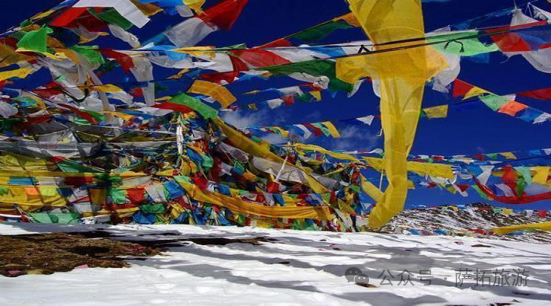
Day 5: Linzhi - Tibetan Village - Gala Peach Blossom Village or Lulang Forest Sea - Lalin Expressway - Lhasa
"Guannan Peak" of Sejila Pass - Lulang Forest Sea - "The Most Beautiful Temple" Lama Ridge - Sejila Mountain in Lhasa - the best shooting spots and viewing platforms of Namjagbarwa
Meals: Breakfast·Lunch·Dinner Accommodation: Selected Hotels in Lhasa
Sejila Mountain National Forest Park - one of the best places to see the most beautiful mountain in China, Namjagbarwa Peak! Climbing to the Sejila Pass at an altitude of 4,720 meters, in addition to the prayer flags, you can also overlook the boundless forest sea. And the heroic appearance of Namjagbarwa Holy Mountain.
Namjagbarwa Peak—the crossing of heaven, paradise in the clouds
Known as the "Paradise in the Clouds" and selected as the most beautiful mountain in China by China National Geographic Magazine, Namjagbarwa has existed in this world for more than 700 million years. He was the first person in the Himalayas to break away from the sea and become land. place. The bedrock is exposed on the slopes of this steep mountain, and the canyon is filled with huge glaciers. Its large climbing coefficient has always attracted the attention of the world's mountaineering community.
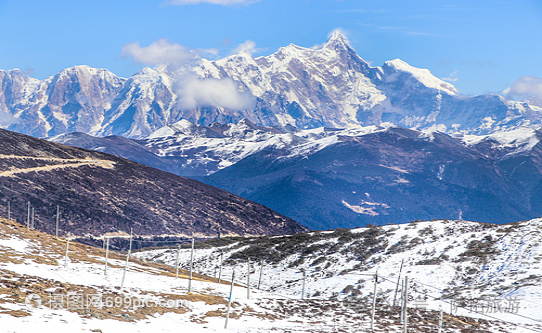
Lulang Linhai
“The Lulang Forest Sea is full of green mountains, criss-crossed by rivers, and has huge, verdant primeval forests, as well as rhododendrons all over the mountains and plains. The vast Lulang Forest Sea constitutes a breathtaking and unique beauty.
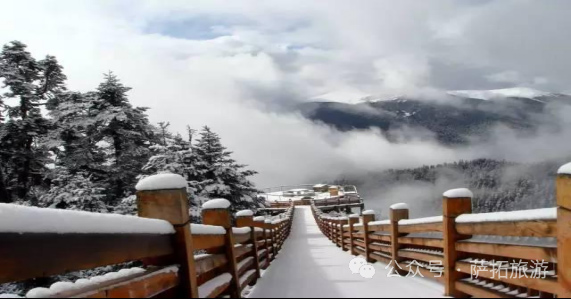
Day 6: Lhasa City Travel - Internet celebrity check-in - "Potala" - "World Famous Street" Barkhor - Intangible Cultural Heritage Lunch - Lhasa Old Teahouse - Jokhang Temple Square - Chongsai Kang Market
Meal: Breakfast/lunch special meal Stay: Selected hotels in Lhasa
Today’s itinerary design understanding—City Travel—During city travel, we not only have to visit scenic spots and internet celebrity check-in spots, but we also have to go deep into local life. Not only walking through the streets, but also experiencing the local food life!
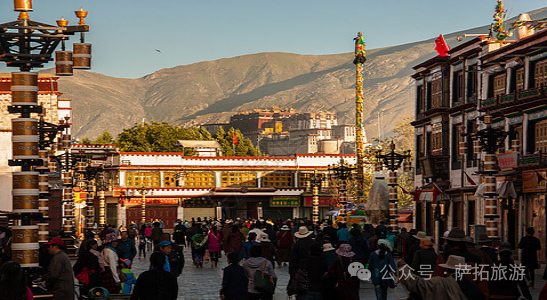
Lhasa Holy City—Local guide takes you deeper
Lhasa means "Holy Land" or "Buddha Land" in Tibetan. Here you can see lamas wearing crimson cassocks and believers making devout pilgrimage step by step. The strong and mysterious religious atmosphere...infects everyone
Potala Palace - a "temple" through the Middle Ages
Songtsen Gampo spent half of his life conquering Tubo and the other half of his life building splendid palaces and temples. Wandering among the splendid Buddhist halls, pagodas, palaces, and cloisters, the lights are dim, the windows are drooped, and the smell of butter is everywhere. The whole thing seems to fall into an ancient dream, and I can't help but get lost in the scriptures, Buddha statues, According to murals and distant legends, the Potala Palace looks more solemn under the warm winter sun after snow.
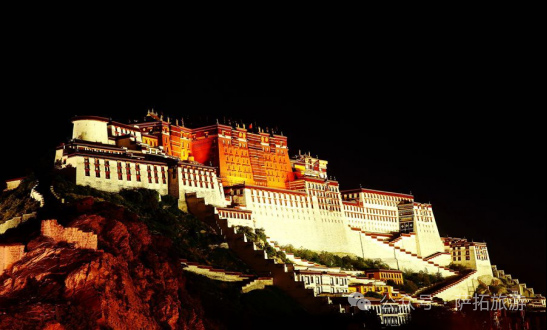
Wandering Barkhor Street—a world-famous cultural street (free travel)
Barkhor Street is the thousand-year-old ancient street that best represents Tibetan folk customs. Because of its simple cultural heritage and long historical tradition, it has been shortlisted among the "Top Ten Famous Historical and Cultural Streets in the Country". It is a prayer path that goes around the Jokhang Temple in a clockwise direction and is called a "holy path" by Tibetans.
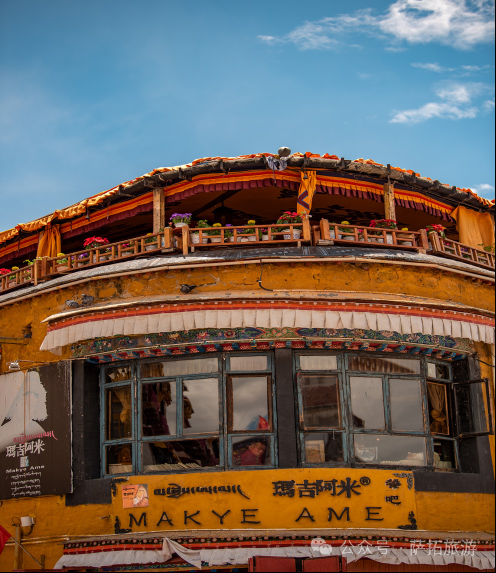
Lhasa Tea House—Daily Life of Local People
When going to Lhasa, if you want to experience the real life conditions of Lhasa people, teahouses occupy the lives of local people, and teahouses are the most vivid portrayal of the city. There are colorful kettles, steaming stoves, warm sunshine, monks, men and women drinking tea, crowded together, behaving naturally, and it is very lively.
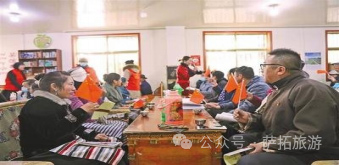
Day 7: Lhasa-Tibet Museum-Gangbala Pass-Yamdrok Yumcuo 360° Lake Tour
Meals: Breakfast/Lunch Accommodation: Lhasa Selected Hotels
Tibet Museum—Historical Presentation
Understanding the history and culture of a place goes without saying: local museums. The Tibet Museum is the first museum with modern functions in Tibet. It is located near the east gate of Norbulingka (Summer Palace) in Lhasa, looking north to the Potala Palace.
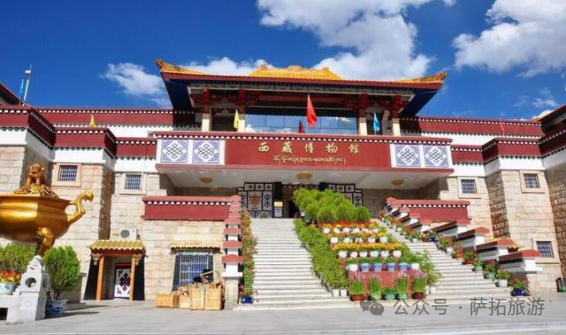
Gangbala Mountain-Yanghu Scenic Area
It means "Swan Pond" in Tibetan and is one of the three holy lakes in Tibet. For thousands of years, Yamdrok Yongtso has been lying here quietly like a sleeping fairy. In front of this winding blue, everything The colors have been covered up.
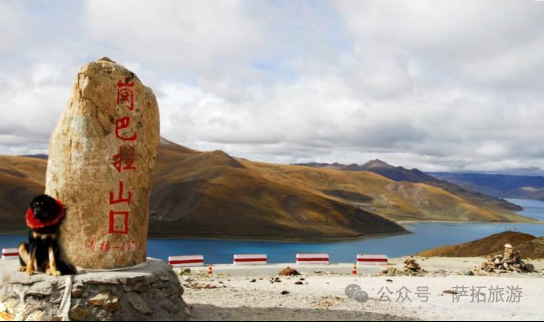
Yamdrok Yongcuo - 360° around the lake
It means "Swan Pond" in Tibetan and is one of the three holy lakes in Tibet. In front of this winding blue, all colors have been covered up. When the sun shines at different times, Yanghu Lake will show different levels of extremely rich blue, like a dream. If you want to know more about Yanghu Lake, then we will take a journey around the lake.
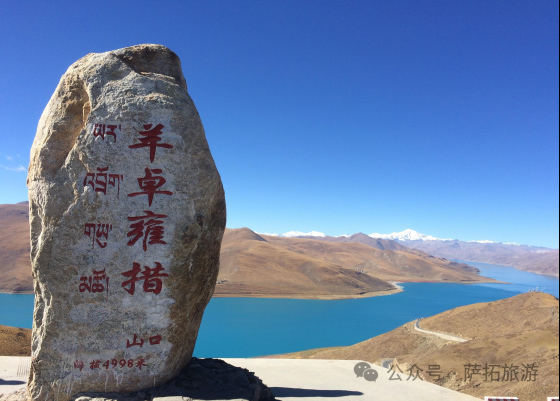
Day 8: Go home—Tibet welcomes you, come again, come again!
Meal: Breakfast Stay: Go home and warm the bed
I believe that everything is the best arrangement - it is a pity that in time, people come and go between you and me, and there is a banquet in the world, but we believe that people who meet will meet again...
Shuttle third level·Realize Tibet | |
Cost | standardPer capita for a group of 8 people:住标间3840 yuan/person Single room 4740 yuan/person fare1125/person 7-seater off-road vehicle; Accommodation in three-star hotel standard room180/person, single room 360/person; Tickets815/person (Sejila Pass 160 yuan/person, Basongcuo 120 yuan/person Lulang Linhai 90 yuan/person, Lamaling Temple 15 yuan/person, Potala Palace 200 yuan/person Jokhang Temple 85 yuan/person, Tibet Museum 30 yuan/person, Gangbala Pass 70 yuan/person Yanghu 40 yuan/person) Travel agency comprehensive service fee 1,000 |
cost Contains | Attraction tickets and accommodation fees: Tour leader: Transportation fare |
cost Does not contain | You need to pay for your own meals; all personal expenses; |
Note: There is no tour guide as the driver and tour leader will accompany you throughout the entire trip; If you need a tour guide for a special scenic spot, you can contact the travel agency. | |